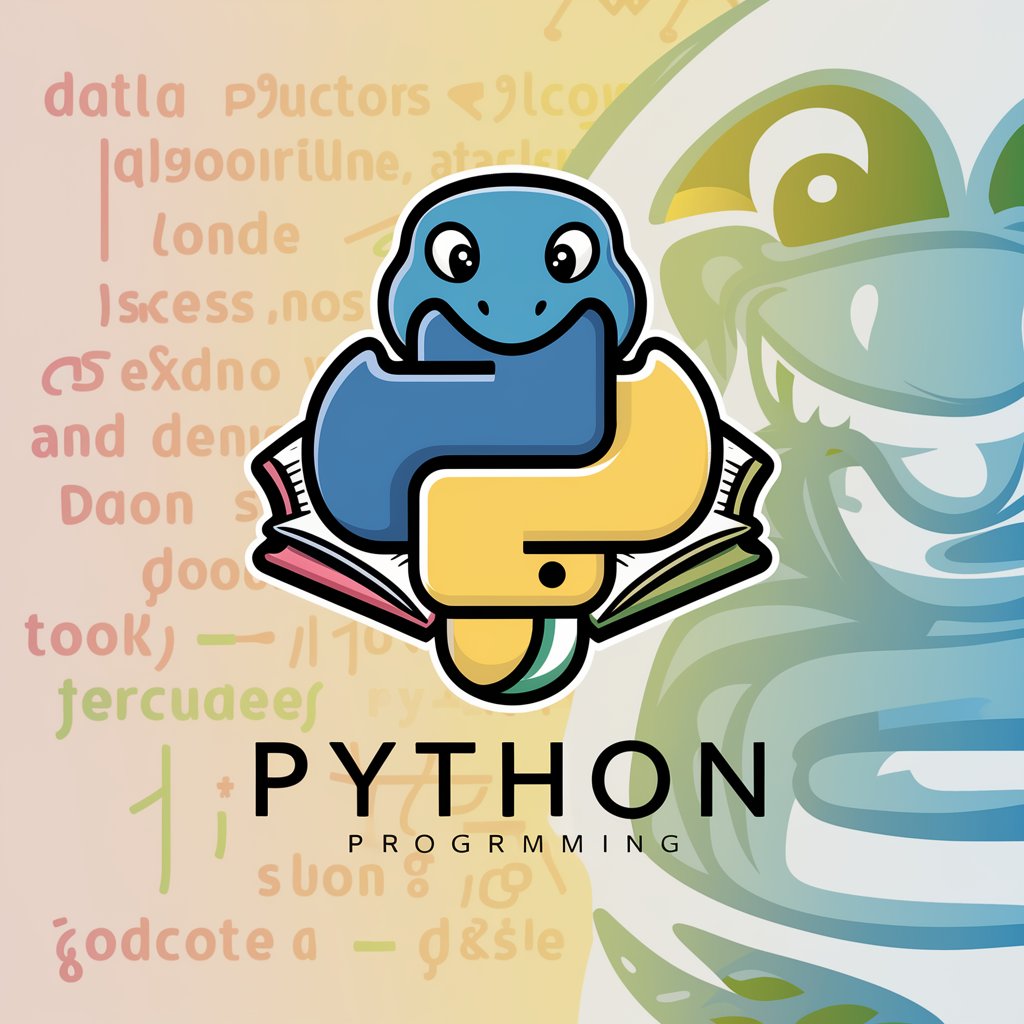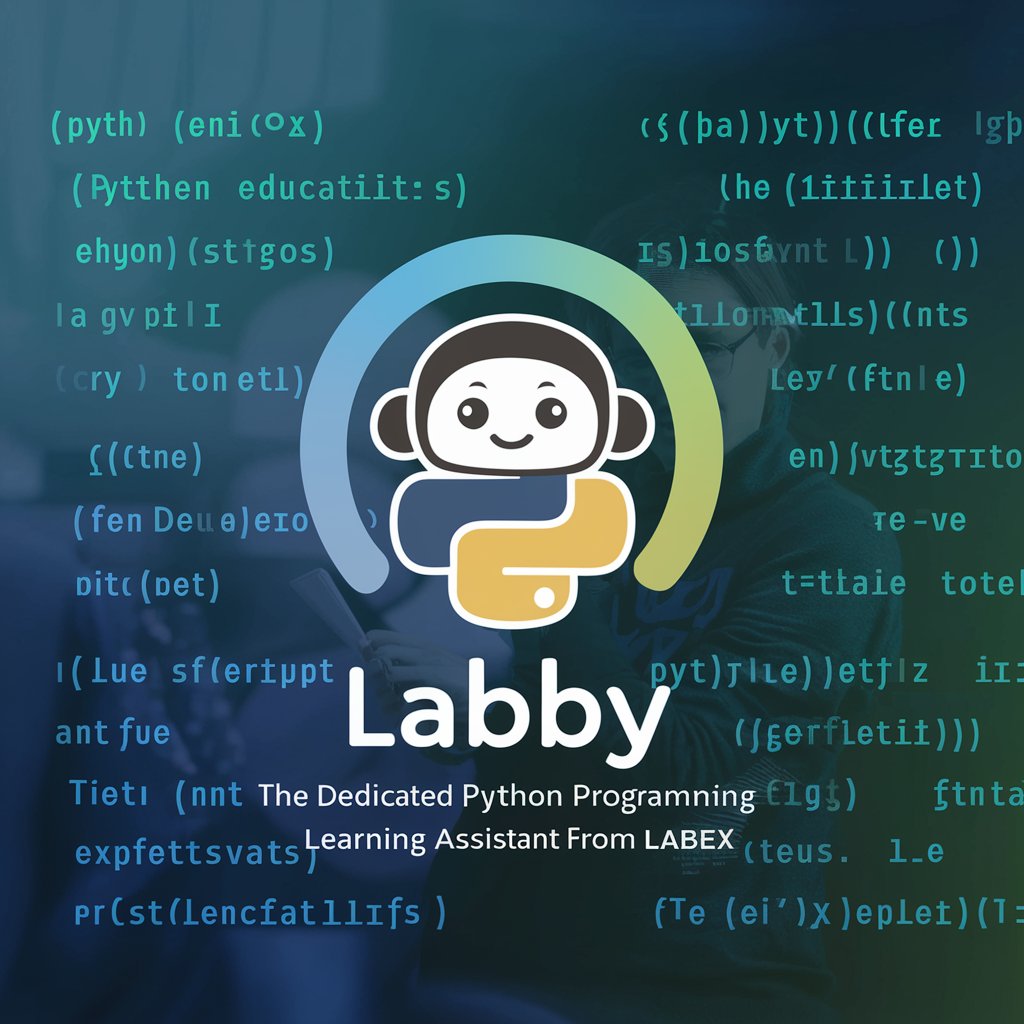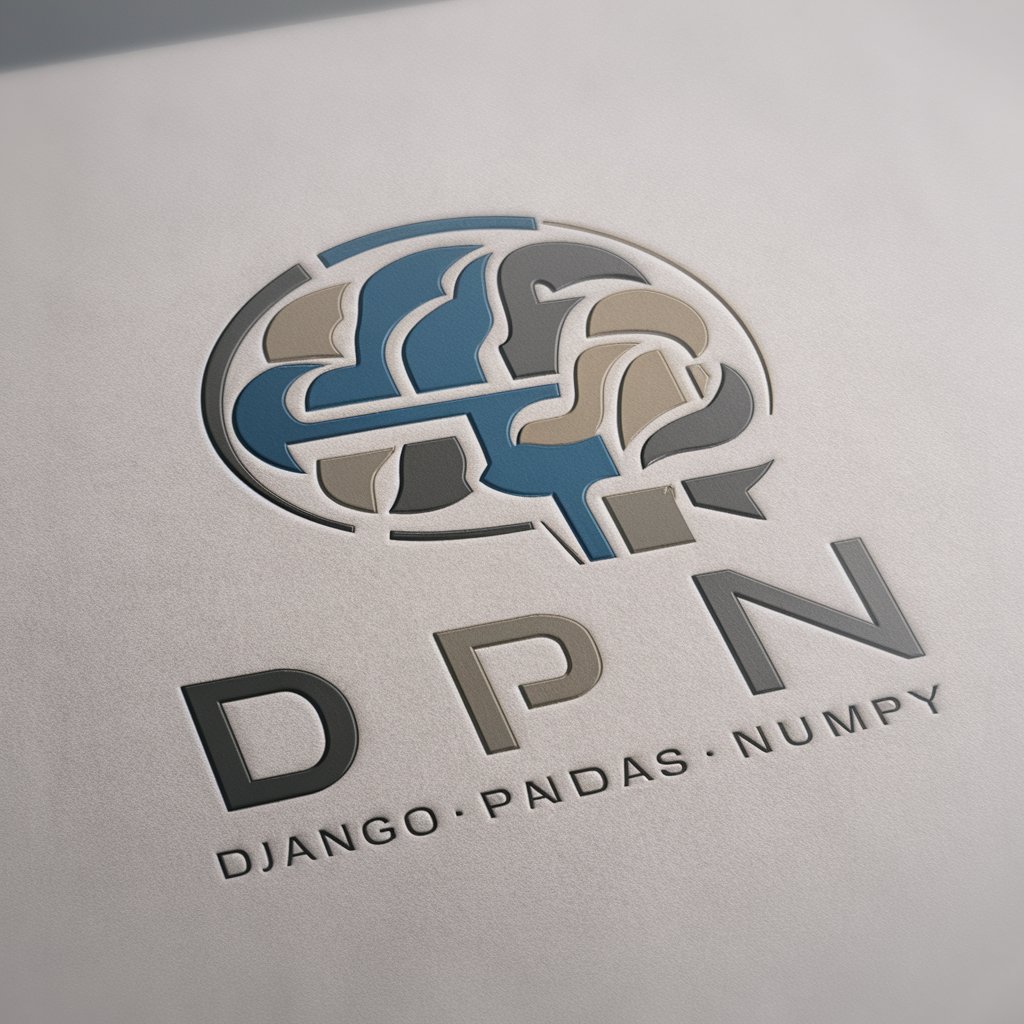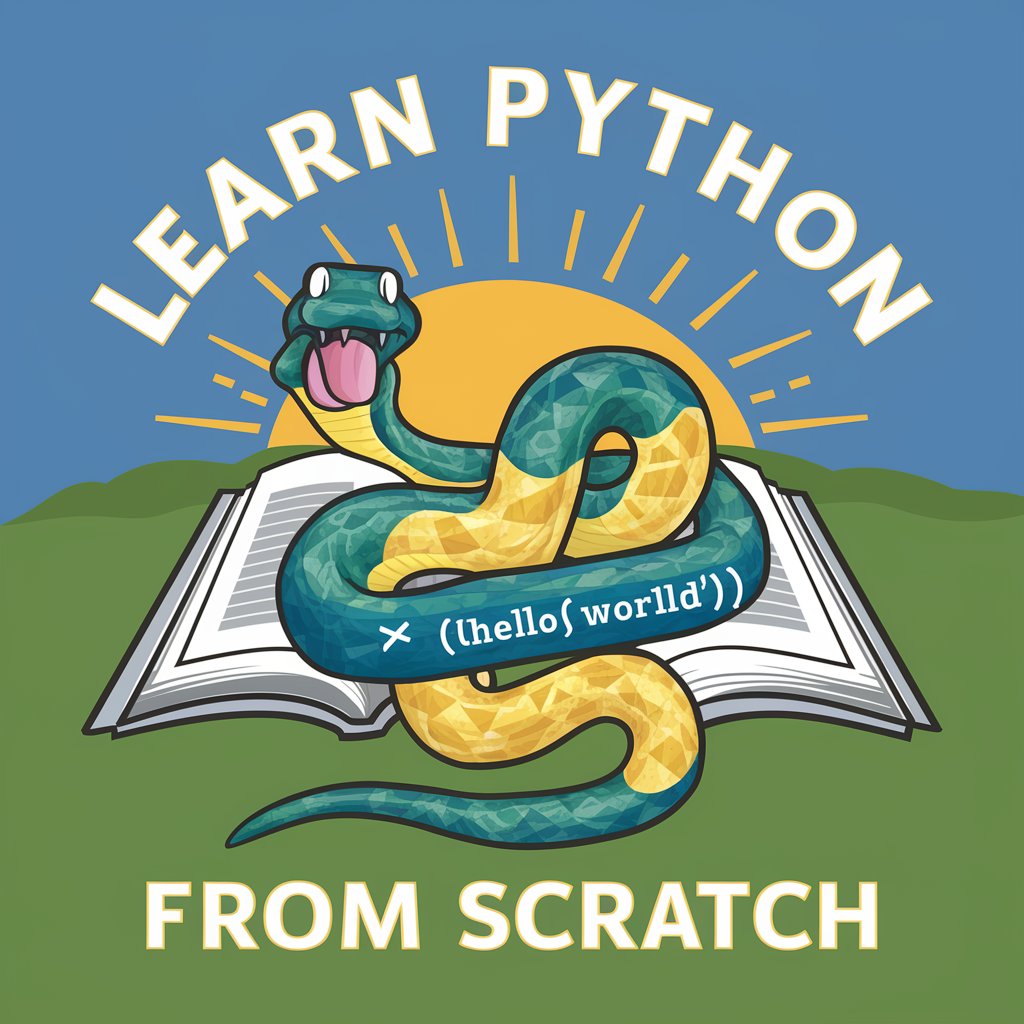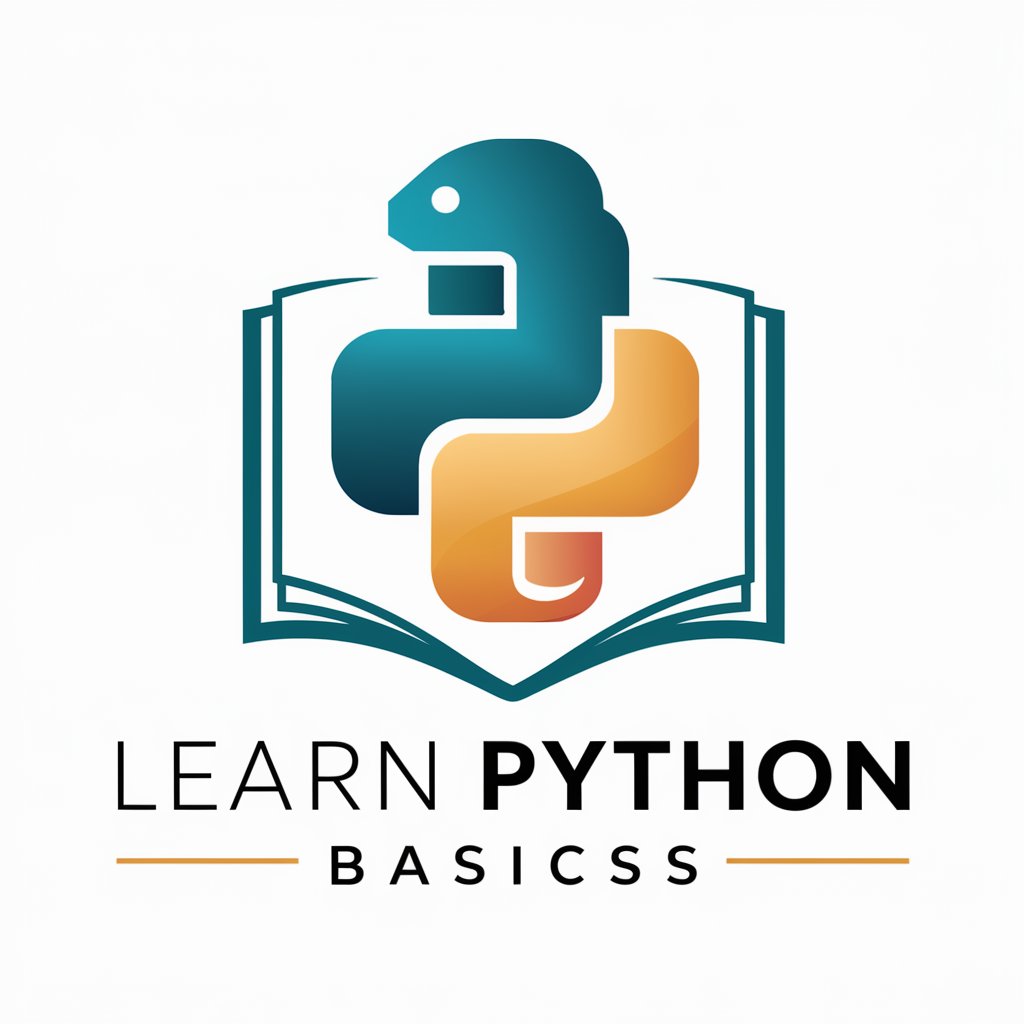
Learn Python - Interactive Python Learning
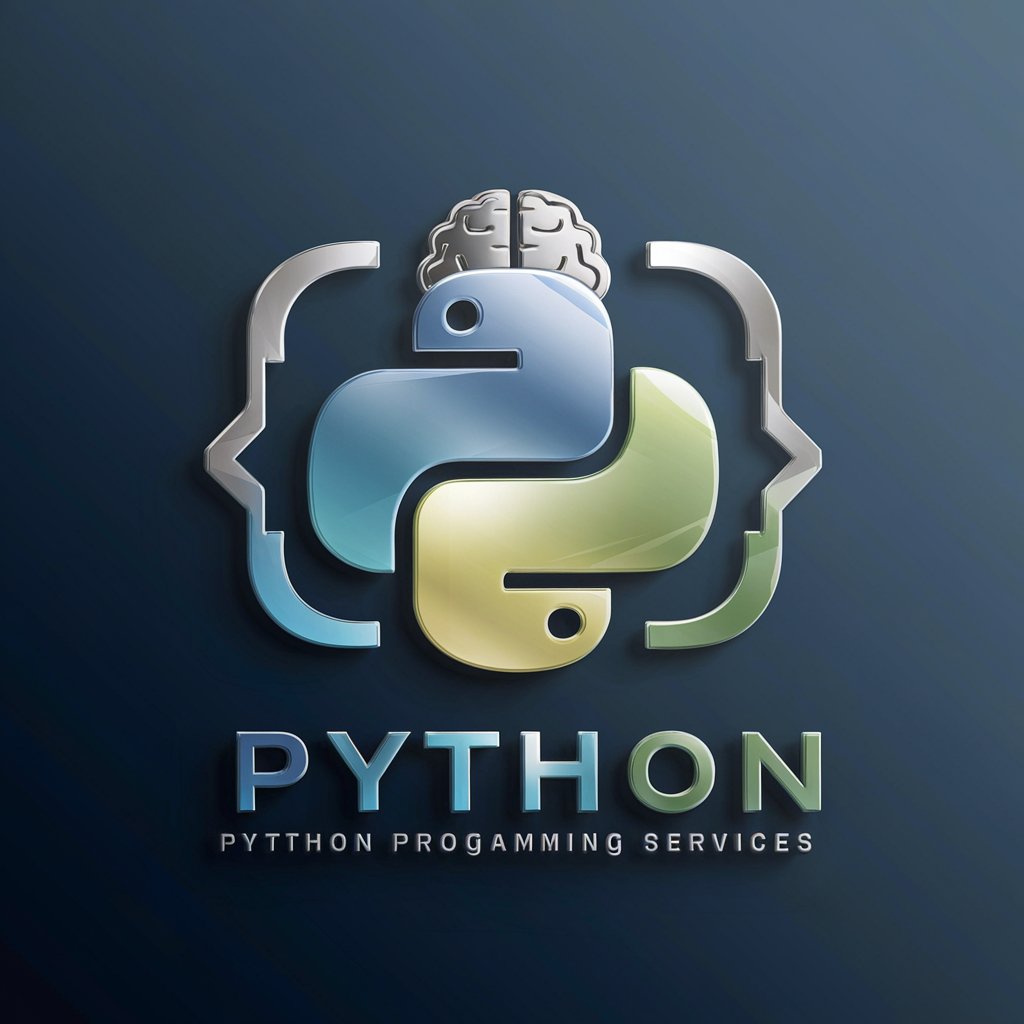
Hello! Need help with Python? I'm here to assist.
Empowering your Python journey with AI
How can I implement a function to
What's the best way to handle errors in
Can you explain how to use decorators in
What are the differences between lists and tuples in
Get Embed Code
Overview of Learn Python
Learn Python is designed as a comprehensive guide and assistant for learning and mastering Python programming. It is engineered to provide quick, informative responses, in-depth tutorials, code examples, and explanations tailored to various Python topics and complexities. From fundamental syntax to advanced concepts such as object-oriented programming, data analysis, web development, and artificial intelligence with Python, Learn Python aims to support learners and developers at all stages of their journey. Examples of its use include explaining Python basics to beginners, offering step-by-step guides on creating Python projects, debugging code, optimizing performance, and exploring Python's vast ecosystem of libraries and frameworks. Powered by ChatGPT-4o。

Core Functions of Learn Python
Interactive Python Tutoring
Example
Explaining concepts like loops, functions, and classes with examples.
Scenario
A beginner struggles with understanding how loops work. Learn Python can provide an interactive example, explaining each part of a for-loop, demonstrating its use in different scenarios, such as iterating over lists or generating sequences of numbers.
Code Debugging and Optimization
Example
Identifying bugs in user-submitted code and suggesting optimizations.
Scenario
A developer encounters a performance issue in their data processing script. Learn Python can analyze the code, pinpoint inefficiencies, suggest improved algorithms or Pythonic ways to enhance speed and memory usage.
Project Guidance and Best Practices
Example
Advising on project structure, library selection, and coding standards.
Scenario
A team plans to develop a web application using Python. Learn Python can offer advice on choosing between frameworks like Django or Flask, structuring the project for scalability, and applying best practices for secure and maintainable code.
Exploration of Python Libraries and Frameworks
Example
Guiding users through the functionalities of various Python libraries.
Scenario
A data analyst needs to perform complex data visualizations. Learn Python can introduce libraries such as Matplotlib and Seaborn, provide examples of their use, and help troubleshoot common issues.
Who Benefits from Learn Python?
Beginners
Individuals new to programming or Python will find a structured, easy-to-understand introduction to programming concepts, Python syntax, and basic applications. Interactive examples and explanations help demystify programming and build a solid foundation.
Intermediate Developers
Those with basic Python knowledge seeking to deepen their understanding, explore new areas, or improve their coding practices. Learn Python offers in-depth tutorials, best practices, and guidance on more complex projects and libraries.
Advanced Programmers and Professionals
Experts looking for assistance with specific, high-level Python challenges, including performance optimization, advanced algorithms, or cutting-edge libraries. Learn Python can provide expert advice, latest trends, and specialized knowledge.
Educators and Trainers
Teachers and mentors can leverage Learn Python as a supplementary tool to enhance their curriculum, provide additional resources, and offer students a way to explore concepts outside the classroom in an interactive manner.

How to Utilize Learn Python
Start Your Journey
Begin by exploring yeschat.ai for a complimentary trial, providing immediate access without the necessity of ChatGPT Plus or prior registration.
Identify Your Needs
Pinpoint your learning objectives or coding challenges. Whether you're a beginner or an advanced programmer, knowing what you want to achieve helps tailor your experience.
Engage with the Tool
Interact by asking specific questions related to Python programming. Use the chat interface to input your queries or code snippets for analysis.
Practice and Experiment
Make use of the provided examples and exercises to reinforce your understanding. Experiment with variations to deepen your comprehension.
Seek Clarifications
Don't hesitate to ask for detailed explanations or further clarifications on topics that seem complex. The tool is designed to provide in-depth insights.
Try other advanced and practical GPTs
Learn JavaScript
Master JavaScript with AI-powered guidance
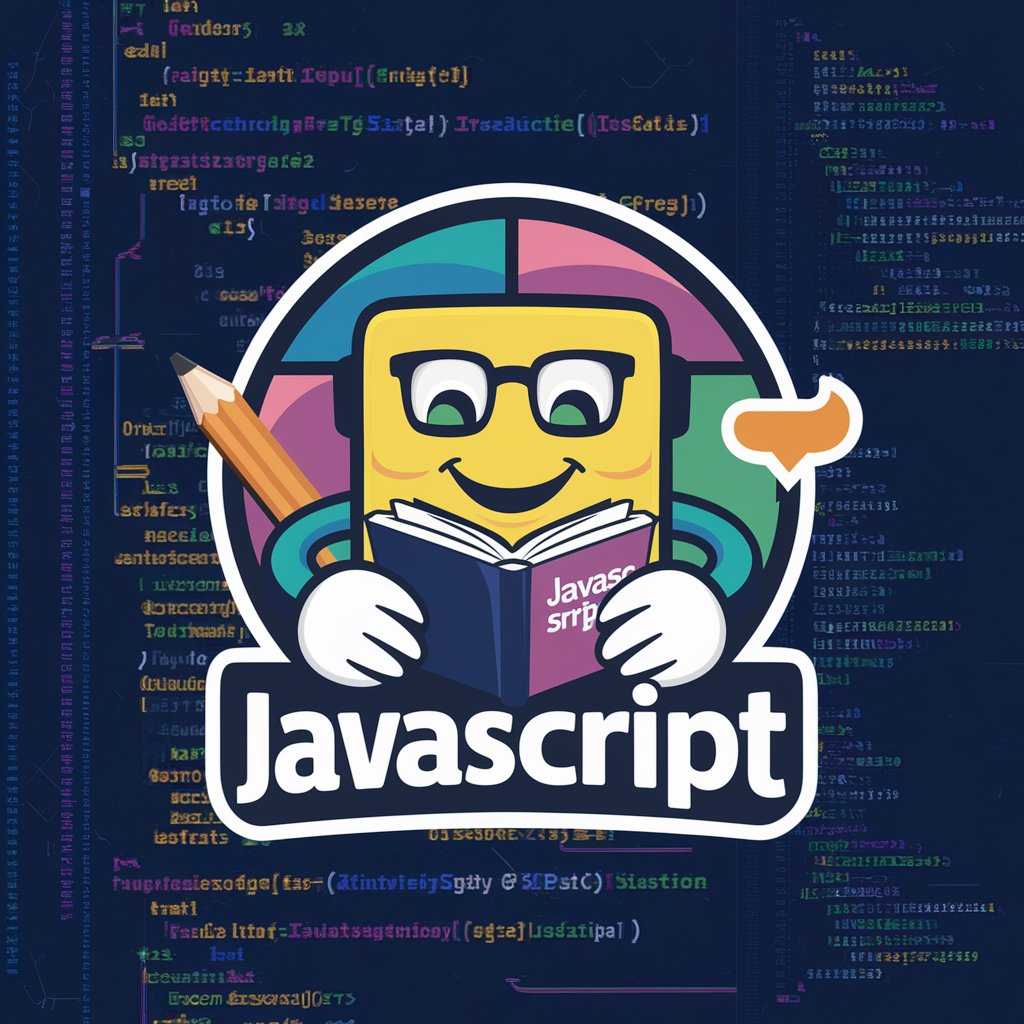
GPT Pro
Empowering communication with AI precision.

NALC Pro
Empowering Letter Carriers with AI-driven NALC Insights

LaravelGPT Pro
Elevating Laravel Development with AI
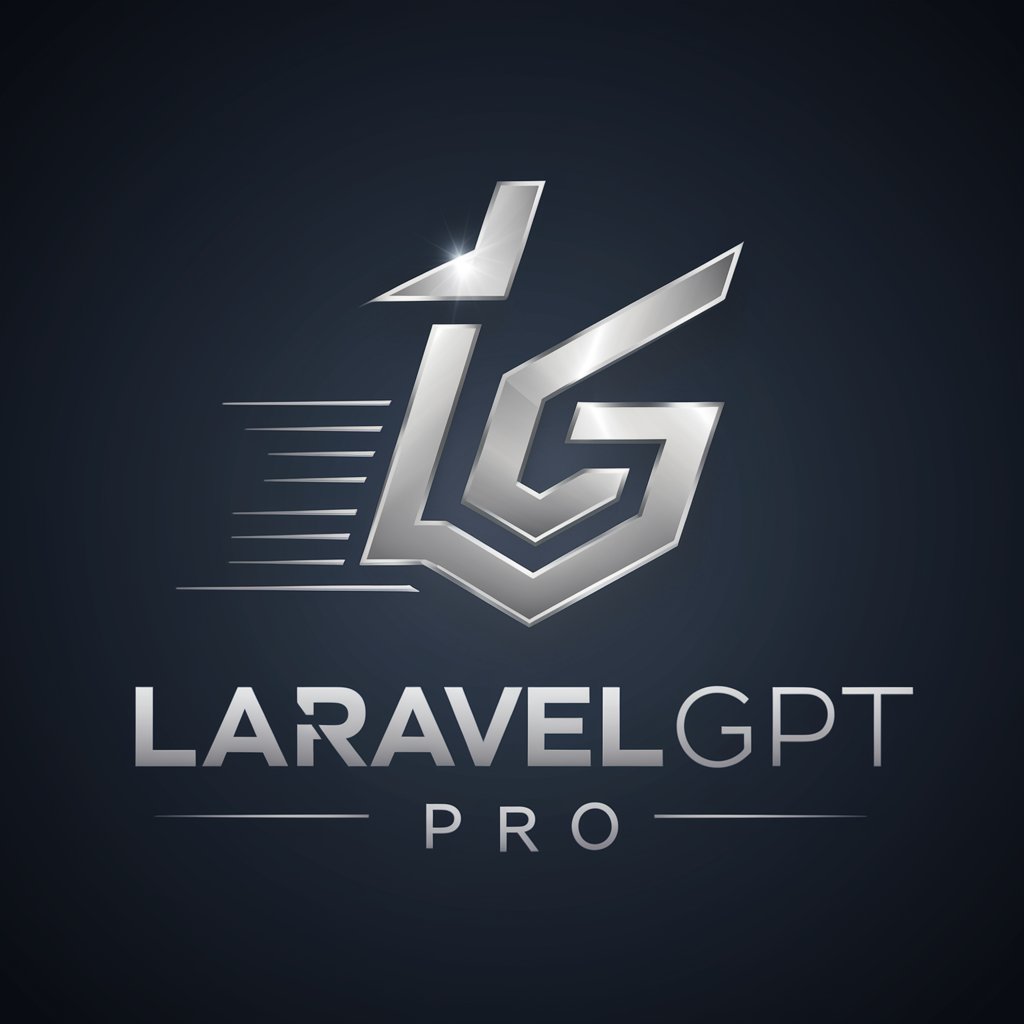
Woodworking Pro
Crafting Made Smarter with AI

PRO Builders
Building smarter, sustainable futures with AI

Learn
Empowering In-Depth Learning with AI
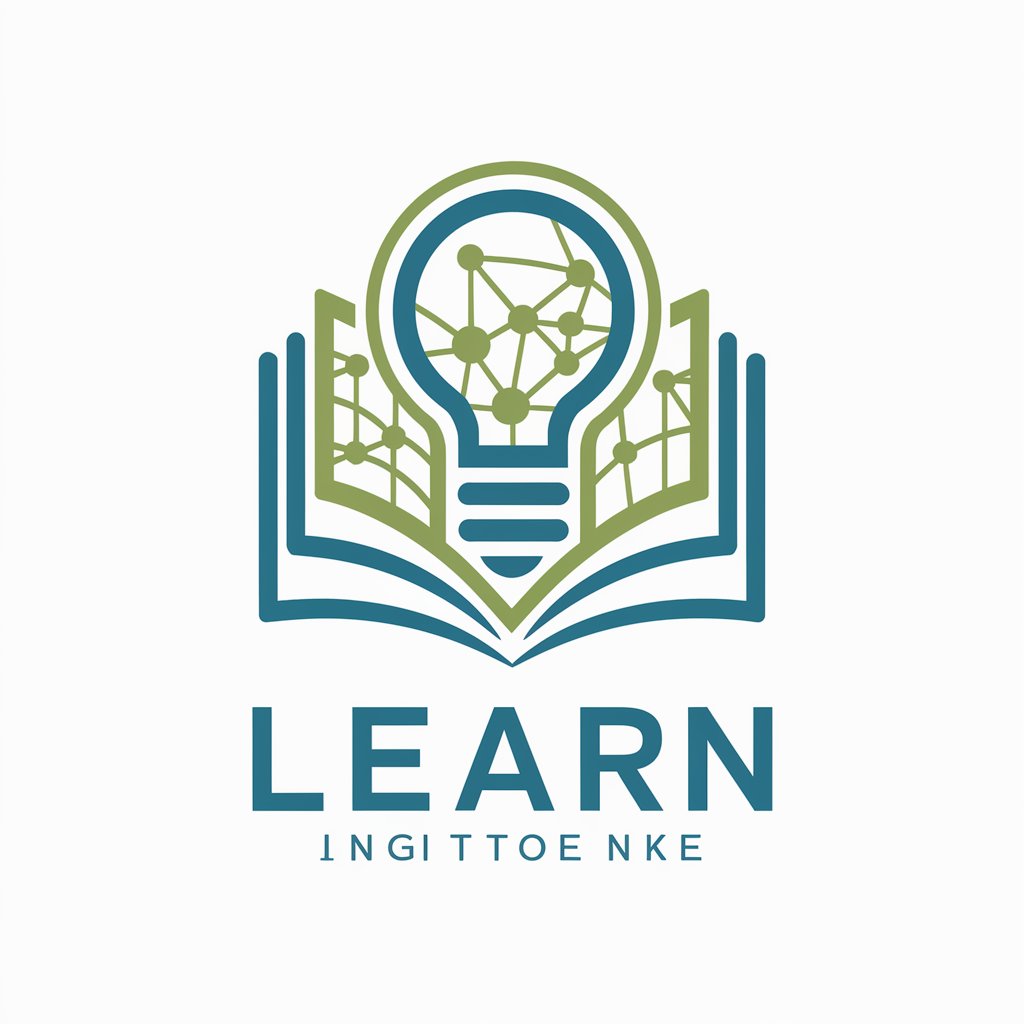
CChatGPT-5
Empowering creativity with AI
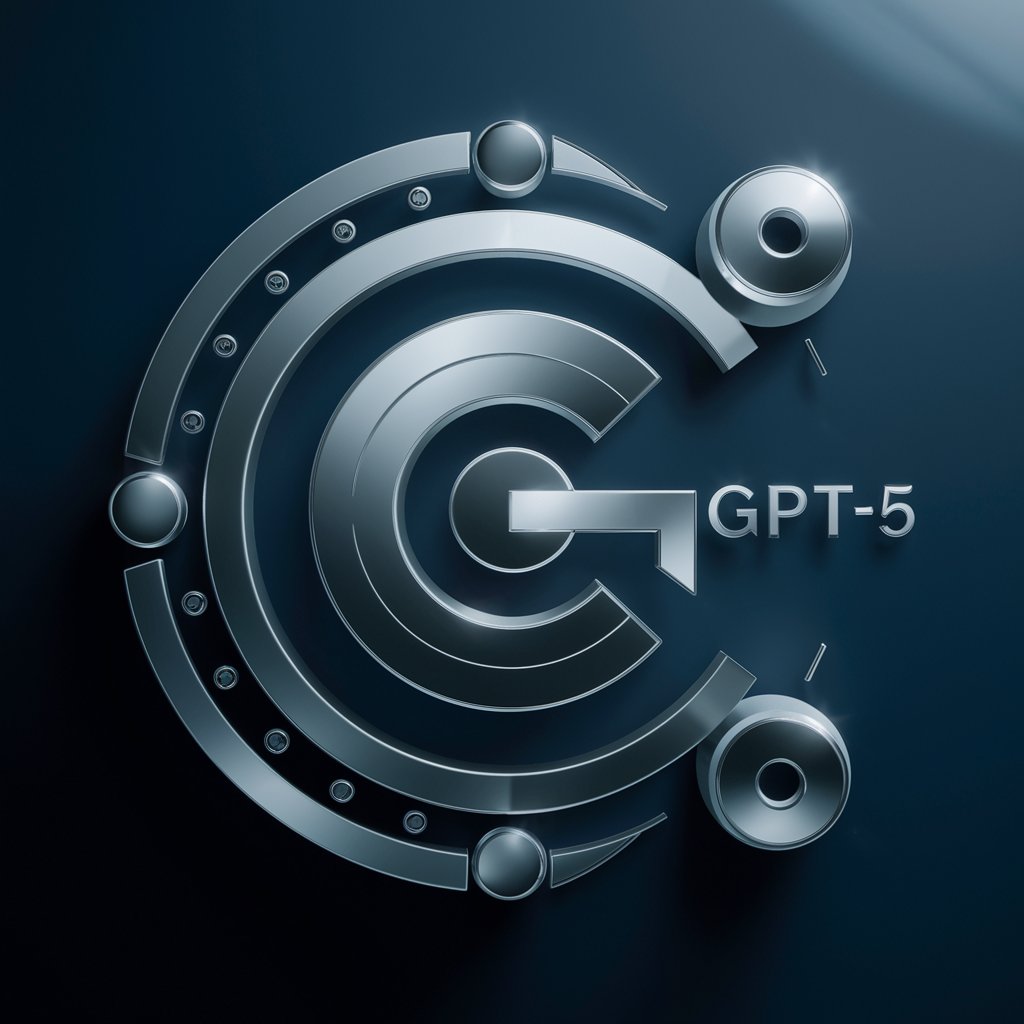
Bootstrap 5 Assistant
AI-powered Bootstrap 5 expertise at your fingertips.

Svelte Dev
Empowering development with AI-driven insights
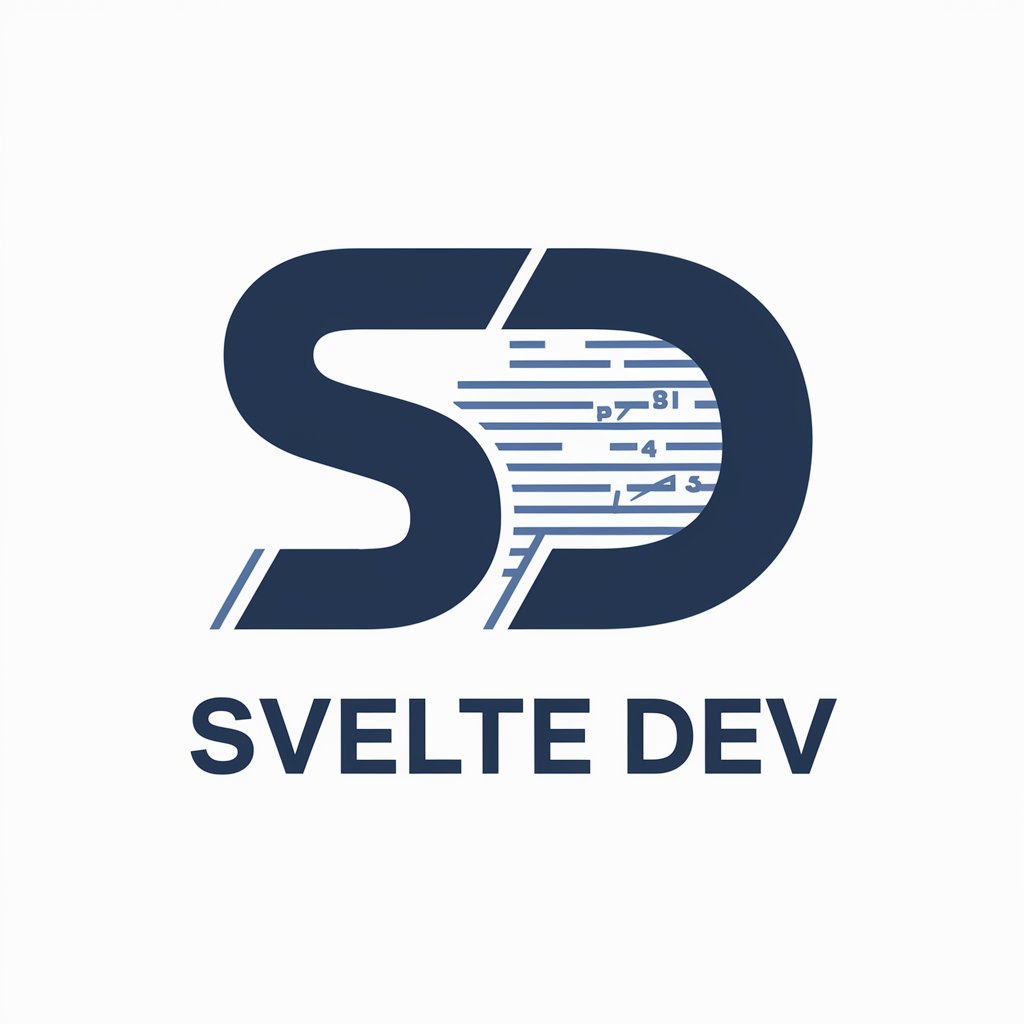
DEV Teacher
Empowering Education with AI
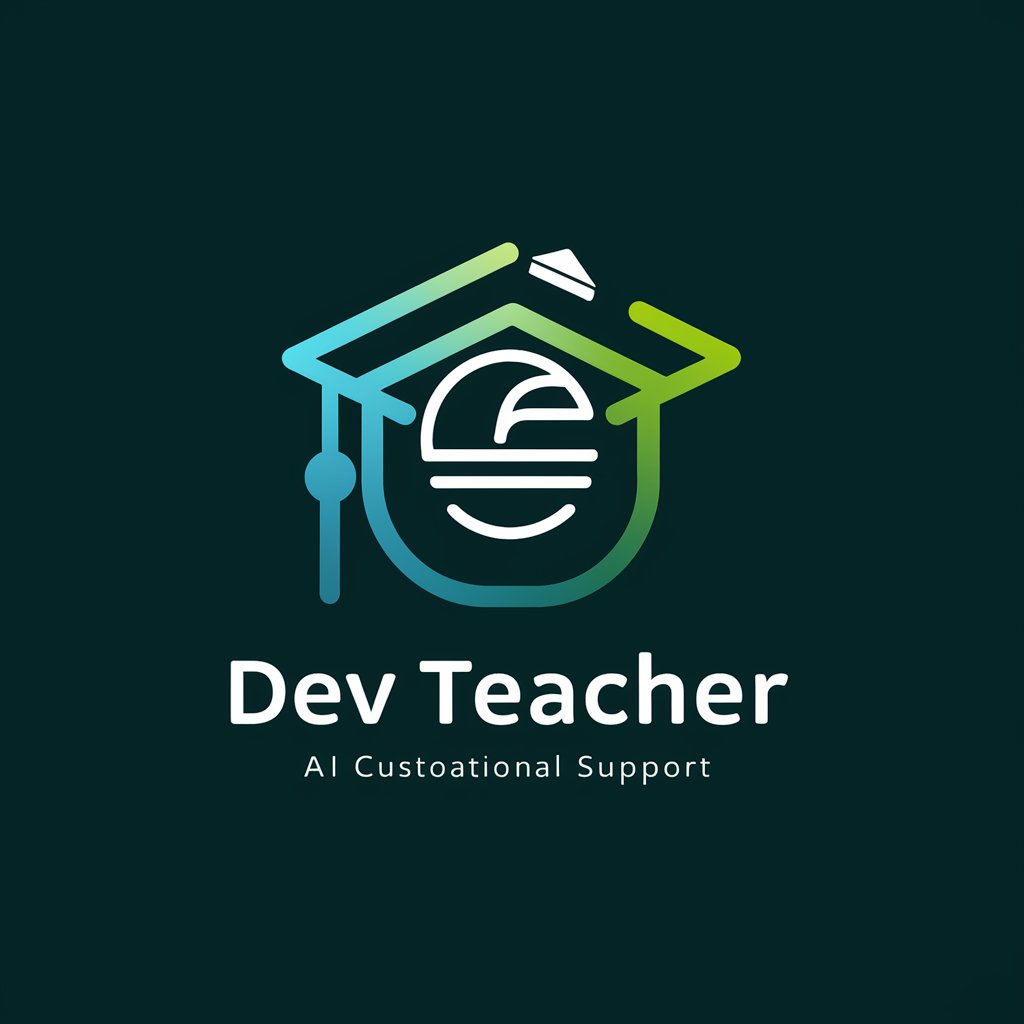
Turk-Dev
Empowering Development with AI Insights
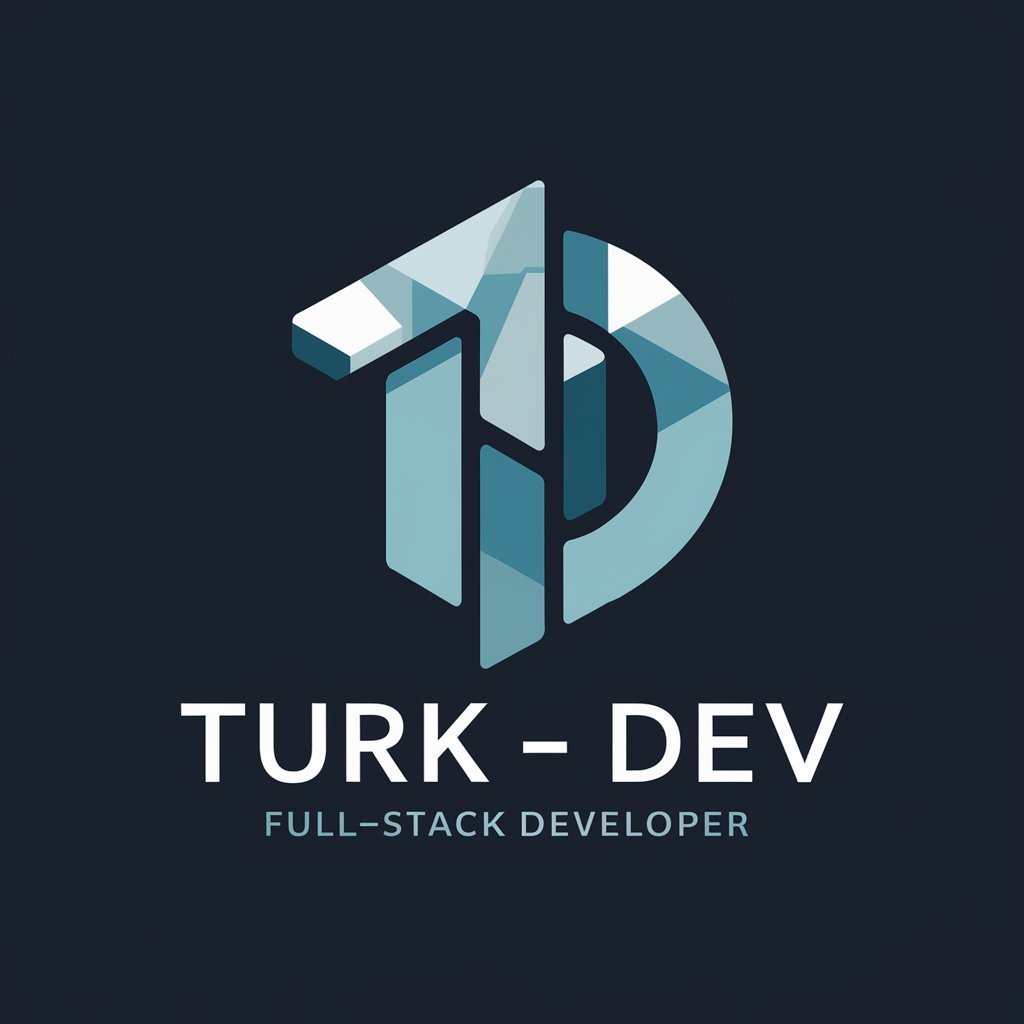
In-Depth Q&A about Learn Python
What makes Learn Python stand out from other learning platforms?
Learn Python is uniquely positioned with its AI-powered, interactive learning environment, providing personalized feedback and explanations tailored to each user's queries and code snippets. This dynamic approach facilitates a deeper understanding of Python programming concepts.
Can Learn Python help with debugging Python code?
Absolutely, Learn Python excels in identifying errors and suggesting optimizations in your Python code. Users can paste their code snippets, and the tool provides detailed diagnostics and improvement recommendations.
Is Learn Python suitable for complete beginners?
Yes, it is designed to accommodate users at all skill levels, including absolute beginners. The tool offers step-by-step explanations, making complex concepts accessible and understandable to novices.
How does Learn Python stay updated with the latest Python developments?
The AI behind Learn Python continuously integrates the latest Python standards, libraries, and best practices into its knowledge base, ensuring users receive up-to-date information and guidance.
Can Learn Python assist in learning Python for data science applications?
Certainly, it covers a wide range of topics, including those relevant to data science. Users can learn about Python libraries such as NumPy, Pandas, and Matplotlib, essential for data manipulation, analysis, and visualization in Python.
